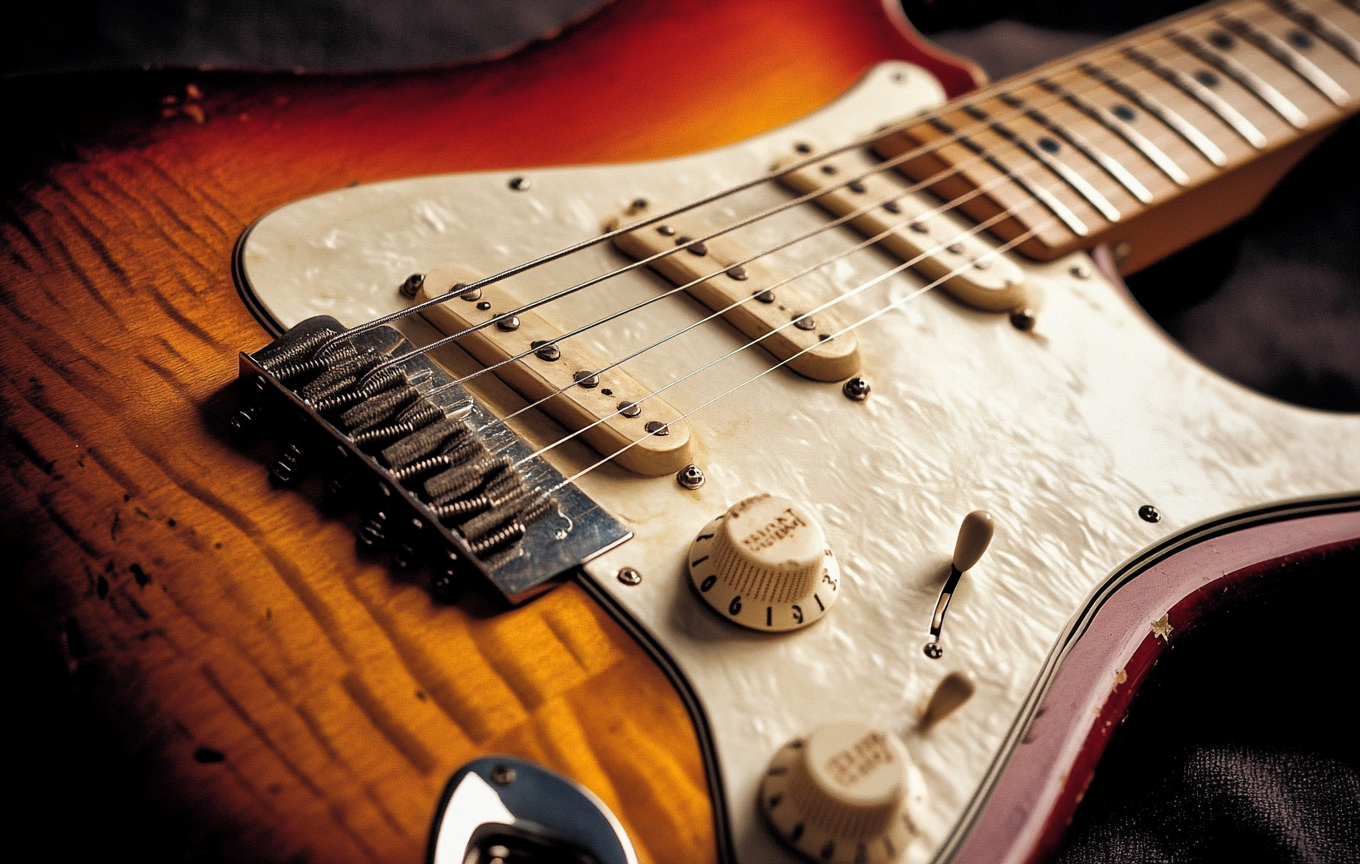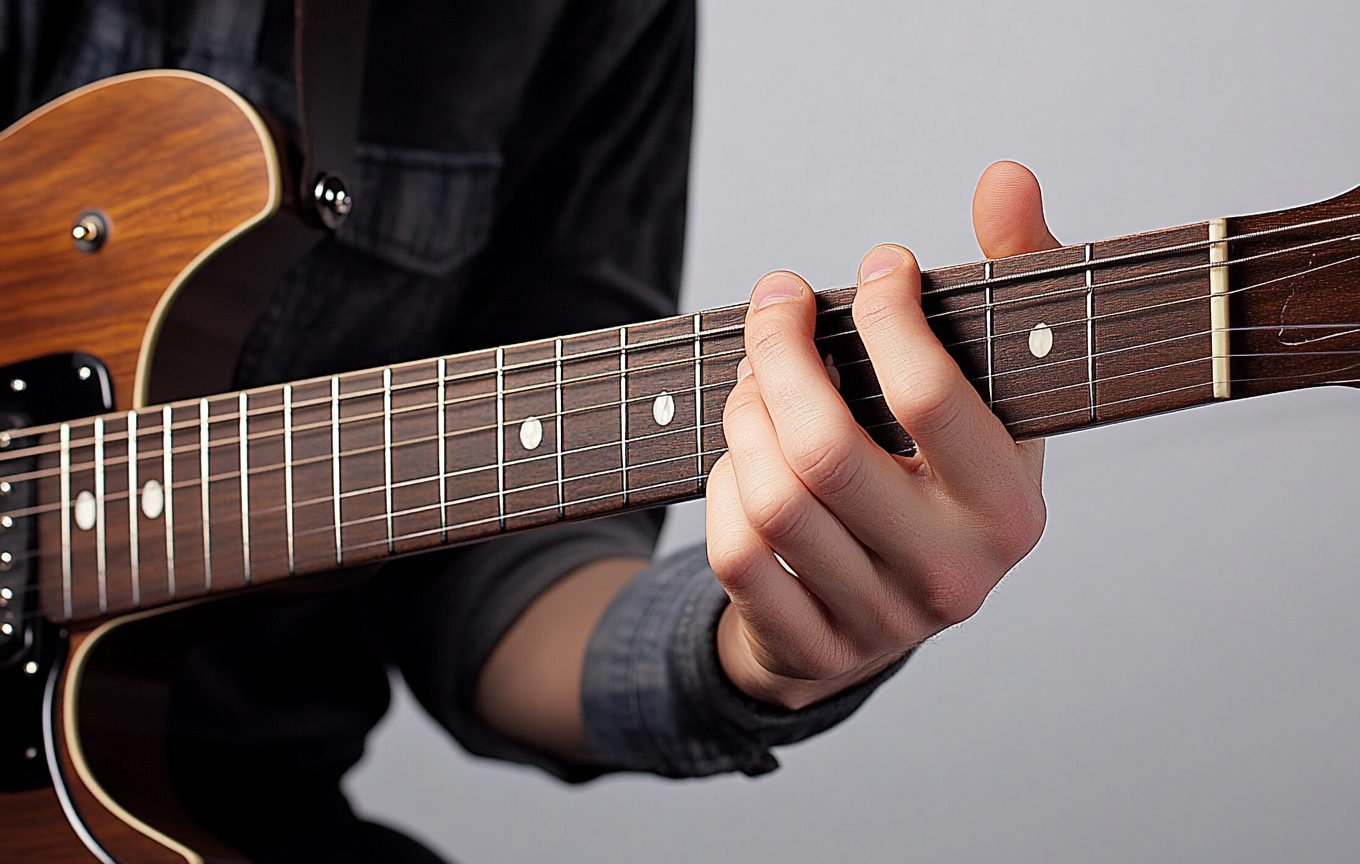The D Sharp Natural Minor Scale Theory
There are three variations of the minor scale: the natural minor, harmonic minor, and melodic minor. For this post, we will focus on the D Sharp Natural Minor Scale, but you can explore the D Sharp Harmonic Minor and D Sharp Melodic Minor in our other articles.
HOW TO CREATE THE D SHARP NATURAL MINOR SCALE
The scale with D Sharp Minor is composed of seven notes, namely D#, E#, F#, G#, A#, B and C#. The D# minor scale typically begins and ends on the note D#, and can be repeated at different octaves. This scale is classified as diatonic, which indicates that it belongs to a specific key, in this instance, the key of D# minor.
The Natural Minor scales adhere to a specific sequence of tones and semitones (also known as steps and half-steps). The sequence of tones is as follows: Tone, Semitone, Tone, Tone, Semitone, Tone, Tone. If you begin with the note C and follow this pattern, you will obtain the C Natural Minor Scale. To generate the D# Natural Minor scale, follow the tone/semitone pattern starting from the note D#. Regardless of which note you initiate from, you will always arrive at the minor scale for that particular note.

D SHARP NATURAL MINOR SCALE ON THE PIANO
If we were to play the D# minor scale on a piano, we would need to use six black keys for each octave of the scale, which includes both D# notes. Additionally, you may notice that E# is equivalent to an F natural.
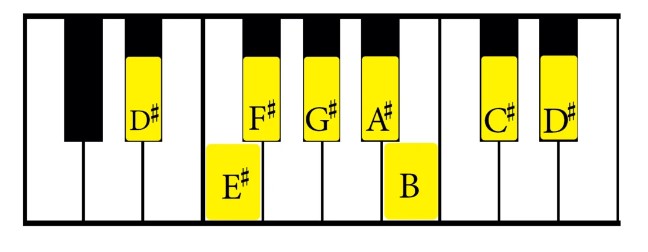
To play this scale on the piano use the fingers written below.
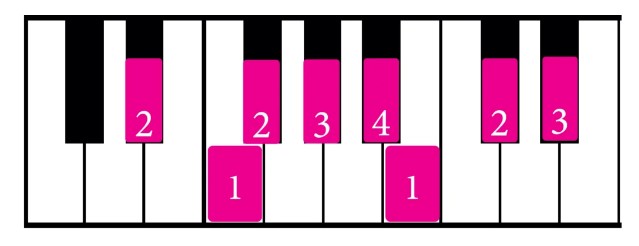
D SHARP NATURAL MINOR SCALE ON THE GUITAR
You can use the tab below to play the D# Natural Minor scale on the guitar
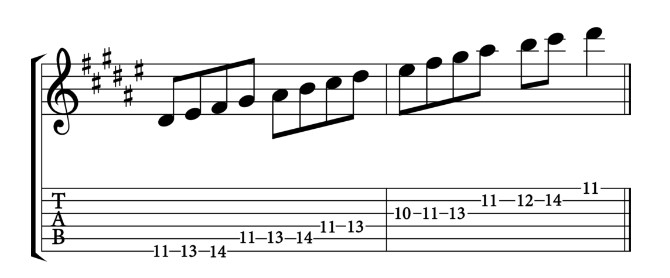
DEGREES OF THE SCALE
Every note in the D# Natural Minor scale has a specific position known as the degree of the scale. The initial note of the scale is referred to as the 'tonic' note.

KEY SIGNATURE FOR D# MINOR
Instead of notating the sharp symbols on each note, we can utilize the key signature. D# Minor is considered the relative minor of F# Major. This can be determined because D# is the sixth note in the F# Major scale. Consequently, they share the same key signature, which consists of six sharps: F#, C#, G#, D#, A#, and E#.
D SHARP MINOR SCALE IN DIFFERENT CLEFS
Treble Clef
Below is the D# Natural Minor Scale written out in the treble clef, both ascending and descending.
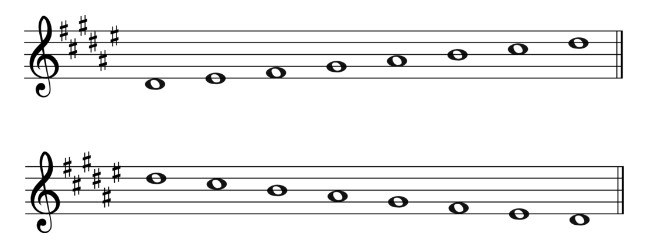
Bass Clef
Below is the D# Natural Minor Scale written out in the bass clef, both ascending and descending.
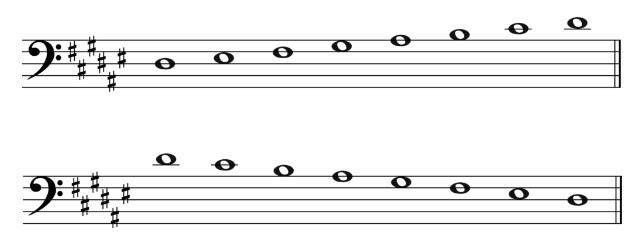
Alto Clef
Below is the D# Natural Minor Scale written out in the alto clef, both ascending and descending.
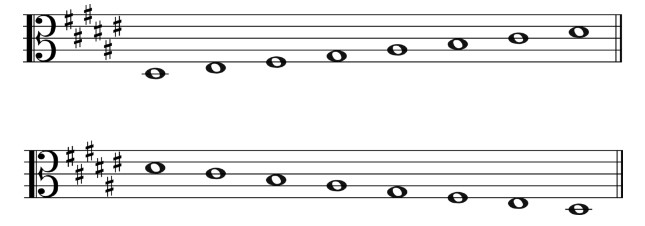
Tenor Clef
Below is the D# Natural Minor Scale written out in the tenor clef, both ascending and descending.
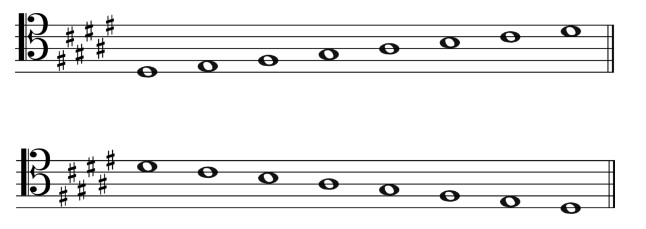
If we describe a musical composition as being in the key of D# Minor, several things become apparent:
- The key signature will have six sharps since the relative major is F# Major.
- The root note or tonic of the piece will be D# natural, which will sound the most stable throughout the piece.
- The piece will mainly employ notes from this scale, which can be found in any octave.
- The chords used in the composition will be those that are found in D# Minor.
If you’re interested in learning more about music scales, chords, and musical theory, visit our Guitar tunio today



